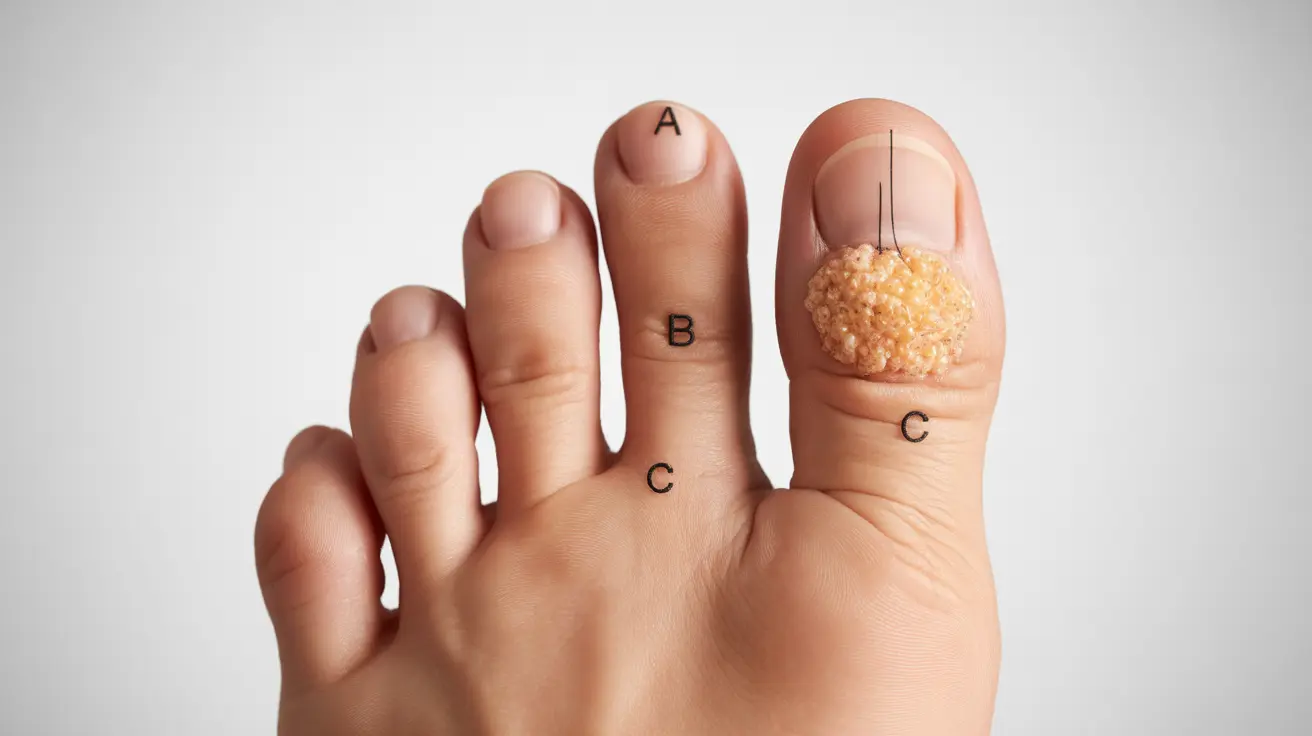A corn on the pinky toe can be an uncomfortable and frustrating foot condition that affects many people. These hardened areas of skin develop as a protective response to repeated friction and pressure, often causing pain and difficulty with walking. Understanding how to identify, treat, and prevent pinky toe corns is essential for maintaining proper foot health and comfort.
What Is a Corn on the Pinky Toe?
A corn on the pinky toe is a thick, hardened area of dead skin that forms to protect the underlying tissue from pressure and friction. Unlike calluses, which are generally larger and flatter, corns are smaller, have a hard center, and can be quite painful when pressed. They commonly develop on the outer side of the little toe where shoes typically create the most friction.
Common Causes and Risk Factors
Several factors can contribute to the development of corns on the pinky toe:
- Ill-fitting shoes
- Toe deformities
- Abnormal gait patterns
- High-impact activities
- Poor foot mechanics
Understanding these contributing factors is crucial for both treatment and prevention of pinky toe corns.
Treatment Options for Pinky Toe Corns
Home Remedies
Several effective home treatments can help manage pinky toe corns:
- Soaking feet in warm water
- Using over-the-counter corn pads
- Gentle filing with a pumice stone
- Applying moisturizer to soften the corn
- Wearing protective padding
Medical Treatment
When home remedies aren't sufficient, medical interventions may be necessary. Professional treatment options can include:
- Professional corn removal
- Prescription medications
- Custom orthotics
- Minor surgical procedures in severe cases
Prevention Strategies
Preventing corns on the pinky toe involves several key practices:
- Wearing properly fitted shoes with adequate toe room
- Using moisture-wicking socks
- Regular foot inspection and care
- Addressing any underlying foot conditions
- Maintaining proper foot hygiene
When to Seek Medical Care
While many corns can be treated at home, certain situations require professional medical attention:
- Severe pain that affects daily activities
- Signs of infection
- Diabetes or poor circulation
- Deep or bleeding corns
- Recurring corns despite home treatment
Frequently Asked Questions
What causes corns to develop on the pinky toe and how can I prevent them? Corns develop on the pinky toe due to repeated friction and pressure, usually from tight or ill-fitting shoes. Prevention involves wearing properly fitted shoes with adequate toe box space, using protective padding when needed, and maintaining good foot hygiene.
How do you treat a corn on the pinky toe at home safely and effectively? Safe home treatment includes regular soaking in warm water, gentle filing with a pumice stone after bathing, applying moisturizer, and using over-the-counter corn pads. Always avoid cutting or sharp tools that could cause injury.
When should I see a doctor for a corn on my pinky toe instead of treating it myself? Seek medical attention if the corn is causing severe pain, shows signs of infection (redness, warmth, swelling), if you have diabetes or circulation problems, or if home treatments aren't providing relief after several weeks.
What are the signs that a corn on the pinky toe is infected or needs professional care? Signs of infection include redness extending beyond the corn, warmth, swelling, pain that's getting worse, discharge, or fever. Any of these symptoms warrant immediate medical attention.
Can wearing certain types of shoes increase the risk of getting corns on the pinky toe? Yes, tight shoes, particularly those with narrow toe boxes, high heels, or shoes that squeeze the toes together can significantly increase the risk of developing corns on the pinky toe. Shoes that are too loose can also cause problems by allowing the foot to slide and create friction.




